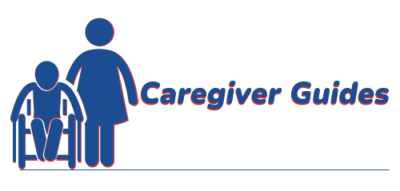
As our population ages, there are more and more seniors who choose to age in place in their own homes rather than move into senior apartments or assisted living. Most seniors want to keep a sense of independence and the home that they have built is familiar to them. Seniors today are pretty fortunate because advances in technology have made it easier for older folks (and their families) to live safely in their own homes for longer. In this article, we will explore the benefits of technology and assistive devices for seniors aging in place.
This “aging in place” movement, has become increasingly popular among seniors in recent years. According to a report by the AARP, nearly 90% of seniors want/plan to stay in their own homes for the duration. However, living independently for those seniors usually comes with its own set of challenges. This is because we generally slow down as we age, finding it more difficult to get around and we develop health issues. This is where technology comes in and can be really helpful.
The Benefits of Technology and Assistive Devices
1. Increased Independence
More recent developments in technology can really help seniors maintain their independence by allowing them to do everyday tasks a lot easier. For example, smart home automation systems, like Alexa and Google Nest can turn on lights, adjust thermostats for a comfortable temperature, and even answer the phone. This can make life easier for those who struggle with mobility or when they are multitasking. There are other things that aren’t new but they are becoming more common like, stairlifts and grab bars that can also prevent falls and make the home safer.
2. Improved Safety
One of the biggest concerns for seniors living alone is the risk of falls and other accidents. All the new technology can help decrease the risk by providing additional safety features. For example, wearable devices like medical alert necklaces/bracelets can automatically call for help in the event of an emergency. Some smart home devices can also monitor the user’s movements and alert family members or caregivers if anything seems out of the ordinary.
3. Enhanced Health and Wellness
New tech can also help seniors manage their health and wellness more effectively. Take for example, telehealth services that allow seniors to consult with doctors and other healthcare providers remotely, reducing the need for in-person appointments. This eliminates the need for caregivers to provide transportation for routine appointments.
The consistent use of more common devices like blood pressure monitors and glucose meters can also help caregivers and seniors monitor their health more closely watching trends in the numbers and giving the family doctor a better understanding of how they are doing at home.
4. Improved Social Connection
Those seniors who live alone may have feelings of loneliness and isolation, even if they don’t admit it. Introducing your loved one to simple things like Apple’s Facetime, or Facebook’s Portal, can provide a sense of connection to the family who may not be near.
Video conferencing software like Zoom and Skype will allow seniors to connect with multiple family members and friends at the same time not only offers group socialization but can be used to keep all interested parties updated on their status.
In Summary
Aging in place can be a viable option for seniors who wish to maintain their independence and stay in their own homes as they age. Technology and assistive devices can help make this choice a reality by providing additional safety features, enhancing health and wellness, and improving social connection. As technology continues to evolve, it is likely that even more options will become available to seniors in the future.

Bryan Williams
Physical Therapist
is a licensed therapist with near 30 years of professional experience treating a diverse patient population in a multitude of settings. With simple strategies, he educates and empowers his clients with simple strategies to help them move better and with less pain.
